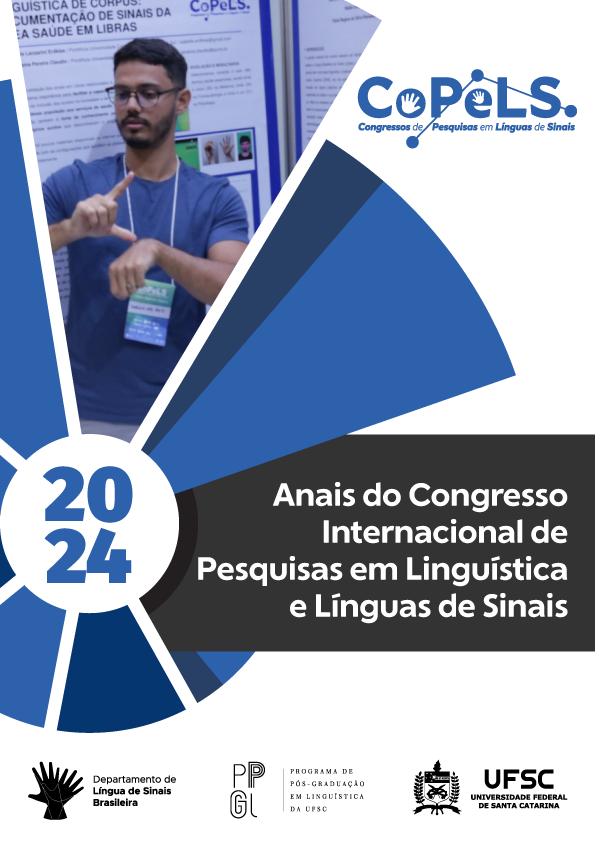Resumo
Deaf individuals primarily use sign language, a visual and spatial form of communication, but face significant barriers in environments dominated by spoken language. In Latin America, many deaf individuals struggle with the spoken language of their countries, which often marginalizes them as a linguistic minority. This paper examines the inclusion of deaf students in higher education in Medellín, Colombia, and explores the progress and challenges they face. Using a qualitative and ethnographic methodology, the study investigates communication barriers, educational adaptations, and the role of sign language interpreters. Case studies from Medellín universities highlight the real-world experiences of deaf students, including their struggles with entrance exams designed for hearing students and the broader social implications of their exclusion. The research reveals the need for structural changes in higher education, including the adaptation of entrance exams, academic materials, and teacher training to accommodate sign language. The
findings suggest that true inclusion requires recognizing deaf individuals as a linguistic minority and making reasonable adjustments to ensure equitable access.
